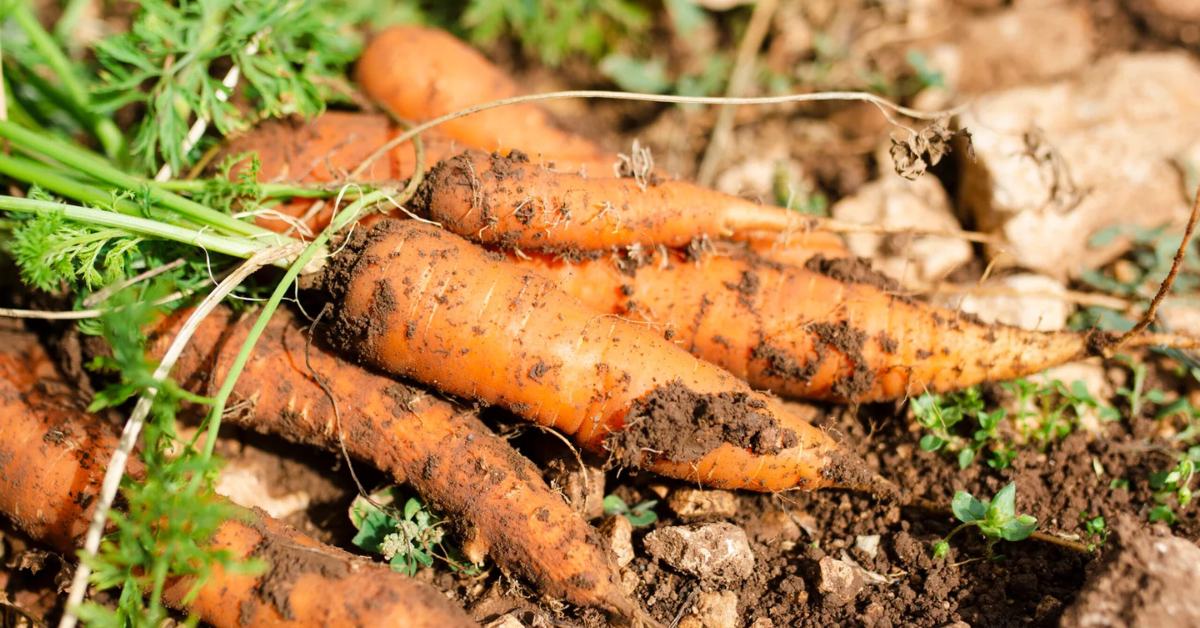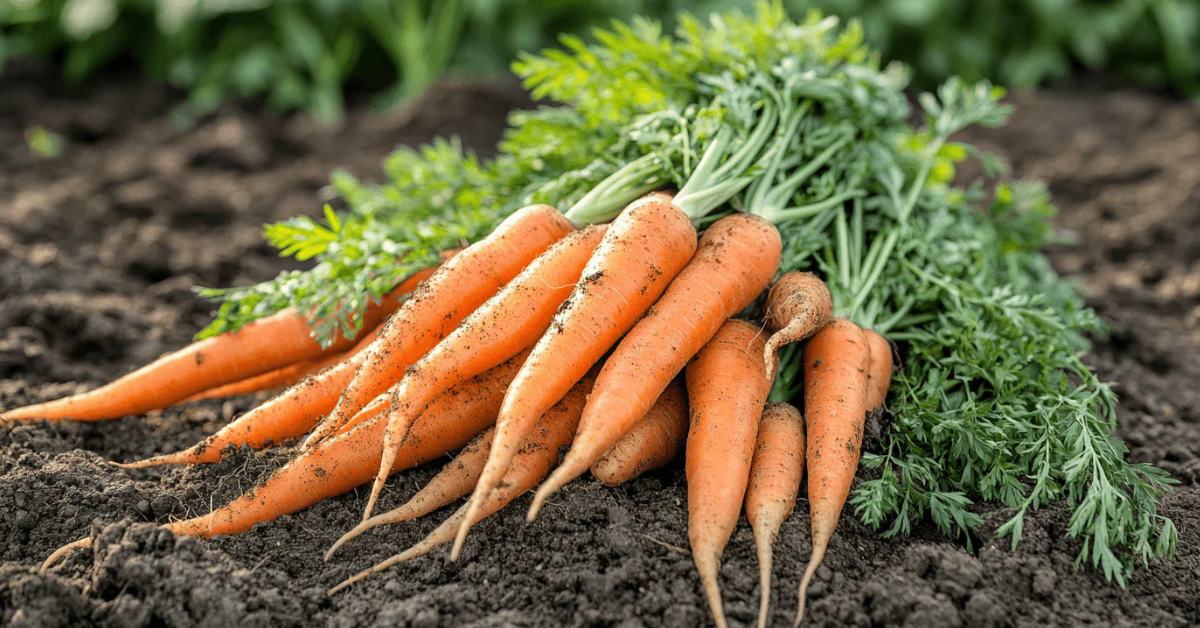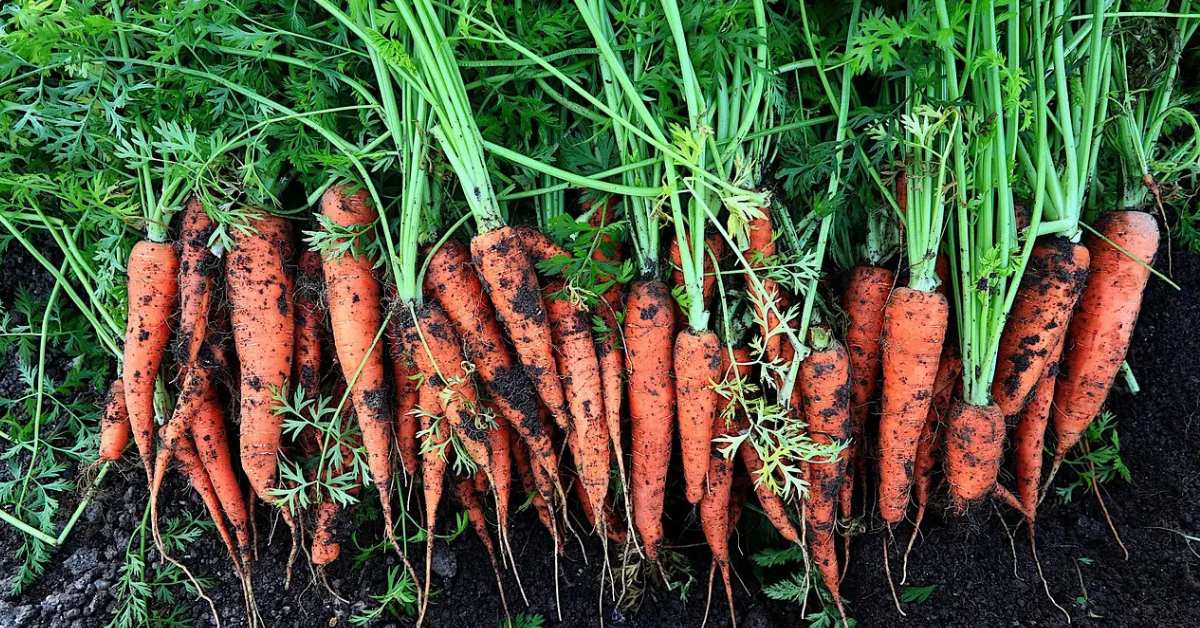How to Start Your Own Carrot Farm: 8 Steps Backed by a ₹1 Crore Revenue Farmer
You don’t need a degree, a large plot of land, or a big budget to build a successful farming business; instead, you need a clear vision, a willingness to learn, and the drive to keep going even when others doubt you.
That is exactly what Phuman Singh Kaurra, from Paramjitpura village in Punjab, proved. Born into a struggling farming family, he had to leave college during his second year because his family could not afford the fees. He returned home to help on the family’s wheat and paddy fields and dairy farm, but realised it was not enough to sustain them.
Determined to turn things around, he took a chance on carrot farming, even when others discouraged him. Three decades later, he has grown his landholding from 4.5 acres to 80 acres, cultivates over 50 acres of carrots, produces high-quality seeds used across the district, and earns more than Rs 1 crore annually.
Here is a step-by-step guide, based on Phuman’s real experience, for anyone looking to start a carrot farming venture of their own.
1. Choose a crop that suits your region
Before starting, look at what grows well in your area. Carrots require cool weather and well-drained and sandy loam soil. Phuman noticed that his region, the Sultanpur Lodhi block in Kapurthala, was already a known hub for carrot farming. Observing what local farmers grow successfully can help guide your choice.
 Carrots require cool weather and well-drained and sandy loam soil to grow well; Picture source: Agriculture Guruji
Carrots require cool weather and well-drained and sandy loam soil to grow well; Picture source: Agriculture Guruji
2. Begin with what you have
You don’t need a massive farm or heavy machinery to get started. Phuman began carrot farming on just 4.5 acres. Starting small allows you to test your knowledge and understand the crop without taking major financial risks. As your confidence and earnings grow, you can expand.
3. Learn before you plant
Success in farming depends heavily on learning, not just from books, but from real-world practice and experts. The farmer made time to visit agricultural universities, read available materials, and attend Krishi Vigyan Kendra (KVK) training sessions to learn about improved varieties and better techniques. Take advantage of any agricultural education resources in your area.
 Talking to experts and some real-world practice can increase your success in carrot farming; Picture source: Farmers
Talking to experts and some real-world practice can increase your success in carrot farming; Picture source: Farmers
4. Understand the planting and harvesting cycle
Carrots are best sown between mid-September and mid-October. The crop typically takes 90 – 100 days to mature. In Punjab’s climate, carrots are usually harvested from late December to late March. Following this cycle guarantees a healthy crop and good market timing.
5. Don’t wait for perfect conditions
In the early days, Phuman sowed seeds by hand and travelled long distances to sell his carrots. Many new farmers face similar limitations, but that should not hold you back. Begin with basic tools and methods, and upgrade as your operation grows. Over time, the farmer invested in equipment and improved his efficiency.
 Carrots are best sown between mid-September and mid-October; Picture source: Grow Organic
Carrots are best sown between mid-September and mid-October; Picture source: Grow Organic
6. Focus on quality to attract buyers
When starting, it is better to grow high-quality produce on a smaller scale than to produce large quantities with inconsistent results. Phuman’s carrots stood out for their quality, helping him build a reputation. Eventually, buyers started coming directly to his farm, saving him time and increasing profits.
7. Reinvest and expand slowly
As profits grow, reinvesting in your land, tools, and techniques will allow you to expand sustainably. The farmer did not rush; he steadily expanded from 4.5 acres to over 50 acres under carrot cultivation. By gradually leasing additional land and managing it efficiently, he maintained quality while increasing output.
 For beginners, it is better to grow high-quality produce on a smaller scale; Picture source: Krishi Jagran
For beginners, it is better to grow high-quality produce on a smaller scale; Picture source: Krishi Jagran
8. Consider seed production once you gain experience
After years of growing carrots, Phuman began producing seeds for his own use, and when the results were good, he started selling the extra. Today, his seeds are used to grow carrots across hundreds of acres. Seed production can be a profitable add-on, but it is best to master crop production first.
Farming comes with challenges like poor weather, unstable prices, and hard physical work. But with determination and consistent effort, success is possible. Phuman’s journey from a struggling college dropout to a successful carrot farmer is proof of what persistence can achieve.
News